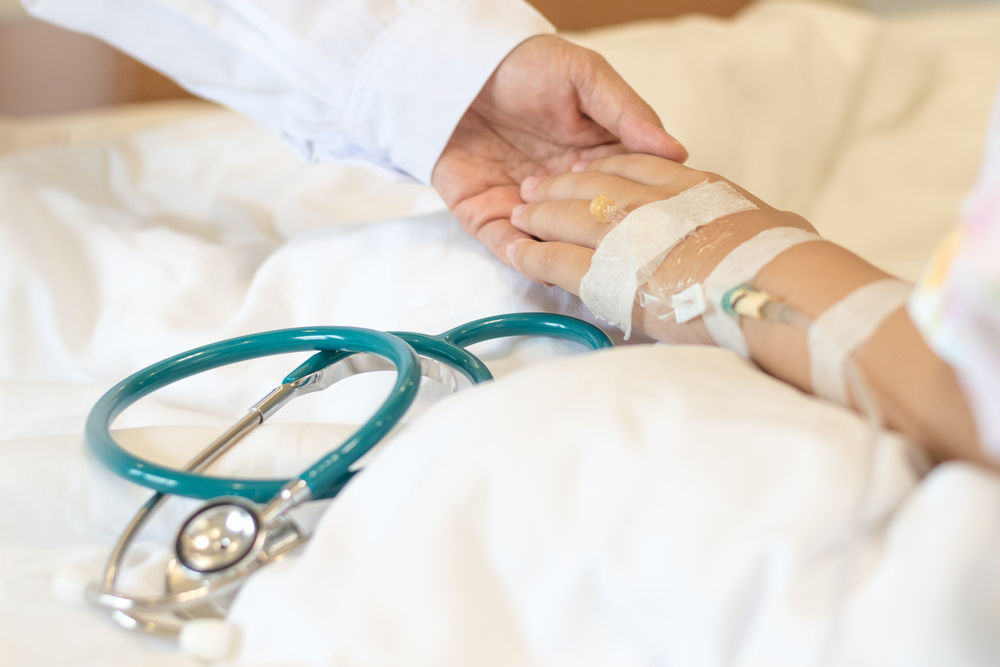1. Cancer is not rare. Technically, childhood cancer is rare compared to adult cancer, but it’s not as rare as you think. Outside of my work, I can think of 3 people who I know personally that had a childhood cancer. A teammate on my high school basketball team, my sister-in-law, and a high school debate teammate. My guess is that you also know someone from church, a coworker’s kid, or one of your kids’ classmates who has been affected by this disease.
2. Curing cancer and preventing cancer is not the same thing. We do have a cure for the majority of childhood cancers. Nearly 90 percent of children diagnosed with cancer will survive. We are not done. The treatments stink. We can do better. 10 percent still die from cancer or from the effects of their treatment. This is why we advocate. We advocate for better and more effective cures. We will not rest until we have it perfect.
3. I know my drugs have side effects. Trust me. I know. See above.
4. With the above #2 statement in mind, put sunscreen on yourself and your children. Teach them about the dangers of tobacco and lifestyles of excess (i.e., food, alcohol, stress). Take care of yourself and teach them how to take care of themselves. These are preventative measures.
5. Vaccines save lives. Some of my patients lose the immunity that they once had from their vaccines. Until they are strong enough to receive vaccines again, they are at risk from dying due to vaccine-preventable illnesses. You picking up what I’m putting down? It’s a fact that for some patients, vaccines can be dangerous. This includes cancer patients. The vaccines can be dangerous for them and the vaccine-preventable diseases are definitely dangerous to them. We rely on the immunity of the community to protect our most vulnerable. (P. S. HPV vaccine prevents against cervical and head and neck cancers later in life.)
6. In spite of what you see on the news, good people abound. Come to the cancer clinic. Meet the nurses. Meet the doctors, the social workers, the kids, their families–heck meet everyone. Come to the medical school – it’s brimming with bright young minds that will be the leaders of the next generation. Everyone you meet will inspire you.
7. I believe in miracles. I don’t believe they come with a cash price tag. Be wary of “miracle cures.” We aren’t hiding anything. If I think it will help you, I will tell you. If I think it will hurt you, I will tell you. If I think I can cure you, I will tell you. If I think I can’t cure you, I will also tell you that.
8. I am not against all things natural. However, natural does not imply safe. Tell your doctor what you are taking. I just want you to be safe.
9. Healing and curing can be mutually exclusive. It depends on the situation. I became a doctor to heal and sometimes that doesn’t include a cure.
10. I know it’s uncomfortable to see children in the midst of cancer therapy. Sometimes I feel it too. It hits me at the most unexpected moments. The moments when my children are sleeping peacefully, and I’m stroking their soft hair, when they dash out into the rain to taste the sky with upturned faces, or when they nuzzle up against me and tell me I’m their favorite mama. I think, “what if cancer happens to my child?” It’s a nauseating gut punch, followed by the feeling of your heart being drug to the ground and shredded until it is no longer recognizable. You realize ‘that could be my kid‘ when you see one of my bald-headed patients. I get it. It’s uncomfortable. It’s terrifying. Turning a blind eye will not decrease the chance that someone you love will be diagnosed with cancer. 1 in 3 people will develop cancer in their lifetime. 1 in 285 children will develop cancer before the age of 18. Ignoring the facts will not make them go away. Help us advocate for our children.
Wendy A. Rhoades is a pediatric hematologist-oncologist who blogs at Beyond the Coat.
Image credit: Shutterstock.com
Your patients are rating you online: How to respond. Manage your online reputation: A social media guide. Find out how.



